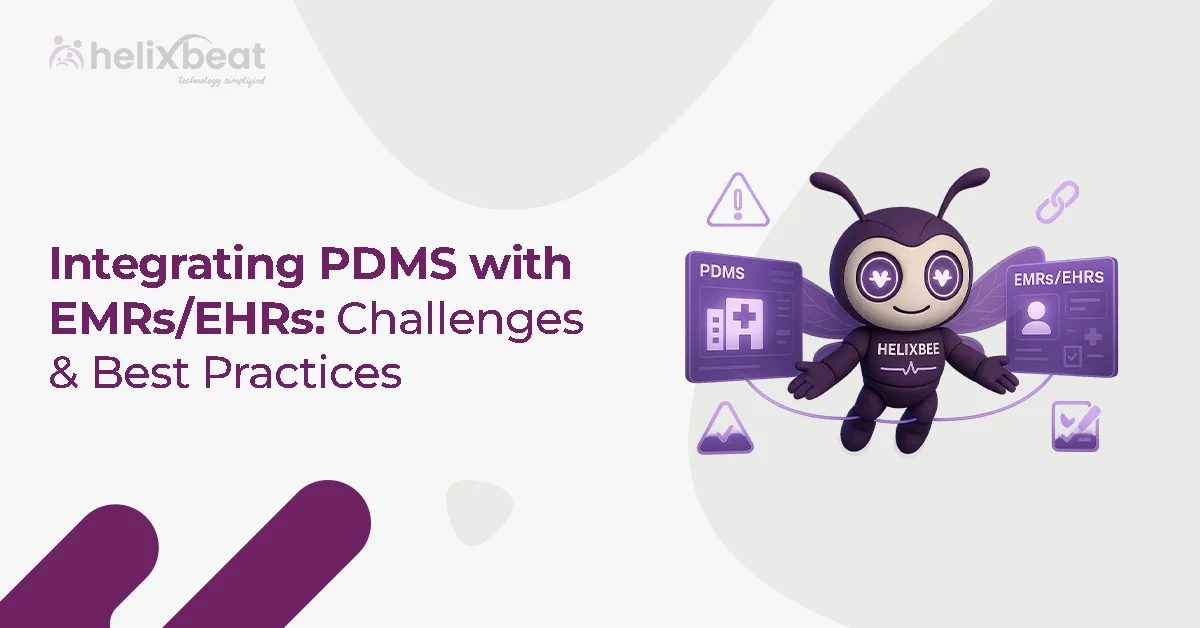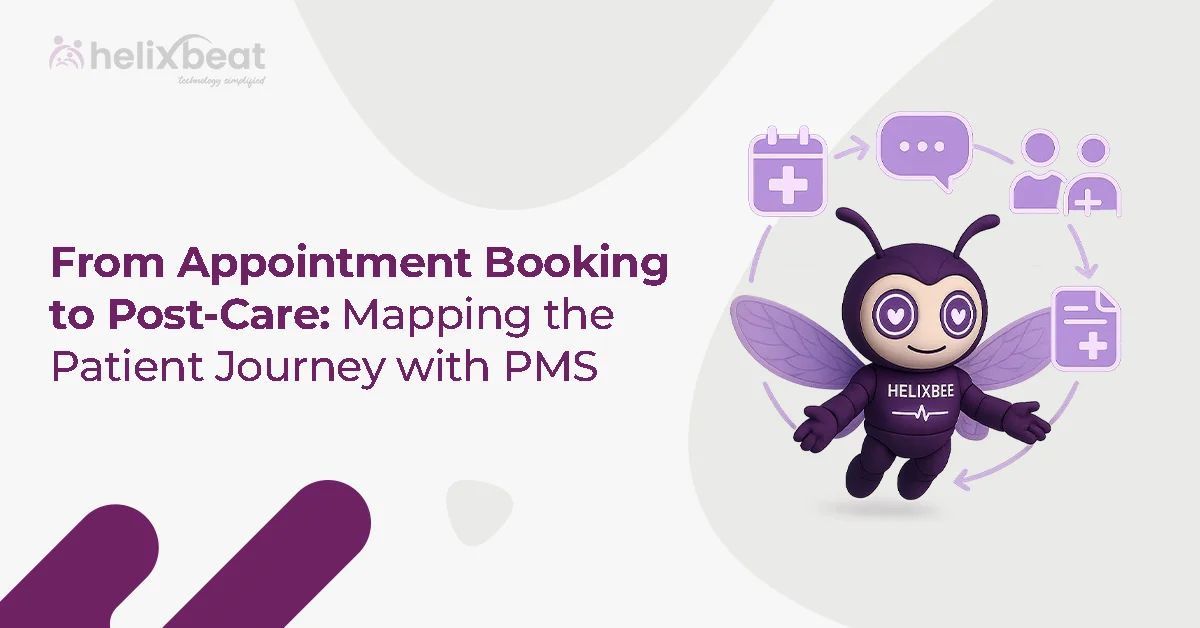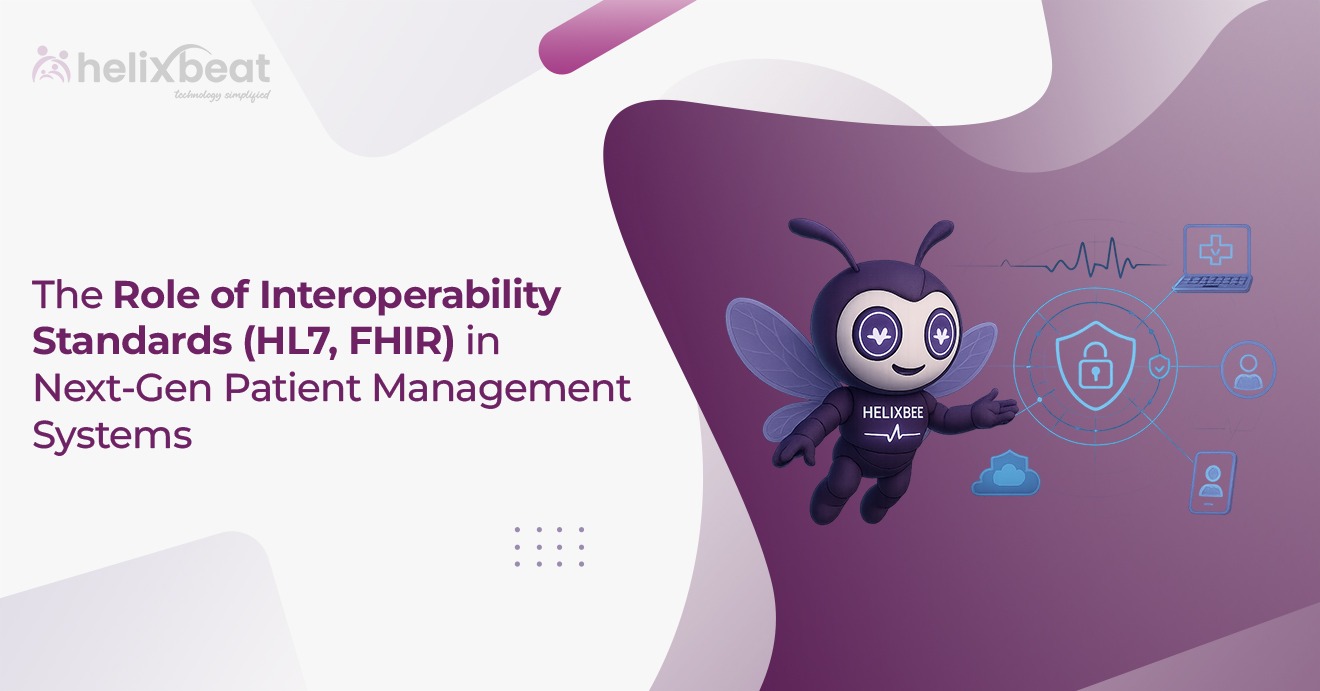According to the Medical Group Management Association (MGMA), approximately 25% of all revenue is lost due to billing errors. These errors not only impact revenue but also add pressure on healthcare professionals who must navigate complex billing codes, insurance policies, and compliance regulations.
For larger institutions, managing billing inefficiencies is a challenge but often feasible due to greater resources. However, smaller clinics and independent practitioners face greater difficulties, as they must balance patient care with administrative tasks. Inaccurate billing can lead to financial losses and erode patient trust. As reimbursement models increasingly tie payments to patient outcomes, the need for an accurate, efficient billing system is more critical than ever.
This blog explores how automated payment processing reduces errors, improves efficiency, and enhances revenue collection, making it a vital tool for modern healthcare practices.
Table of Contents
The Importance of Medical Billing Efficiency
Efficient medical billing is essential for both financial stability and patient satisfaction. A streamlined billing system ensures that services are accurately recorded and billed on time, securing a steady cash flow—especially vital for smaller practices operating on tight margins. Beyond revenue, billing efficiency enhances patient trust. Clear, transparent billing prevents confusion, reduces disputes, and fosters a positive reputation, leading to repeat visits and referrals.
Conversely, billing errors can trigger significant financial and reputational damage. Incorrect or delayed claims often result in denials from insurance providers, increasing administrative workload and delaying payments. Overcharging or billing mistakes erode patient trust, potentially leading to complaints or legal disputes. Moreover, persistent inefficiencies suggest broader management issues, raising concerns about overall operational effectiveness, including patient care.
In today’s competitive healthcare landscape, a reputation for billing accuracy and transparency is a significant advantage. Patients expect clear, error-free charges, and establishments that meet these expectations gain loyalty and credibility. Addressing billing inefficiencies proactively not only safeguards revenue but also reinforces the institution’s integrity. In healthcare, precision matters—efficient billing isn’t just about numbers; it’s about sustaining trust and ensuring long-term success.
The Problem with Traditional Billing Processes
1. Human Errors in Data Entry
Manual data entry is prone to mistakes, such as incorrect patient details, coding errors, and inaccurate insurance information. Even a small typo can lead to denied claims, delayed payments, and the need for rework, ultimately increasing administrative costs.
2. Inefficient Claims Processing
Billing staff must manually submit claims, verify insurance details, and reconcile payments. Any discrepancy in patient information or coding can result in claim rejections, requiring additional time and effort to correct.
3. Delayed Payments and Revenue Loss
Patients often face difficulties in understanding their medical bills, leading to late or missed payments. Additionally, processing paper checks and manual invoices increases the chances of payment delays, affecting the organization’s cash flow.
4. Administrative Burden and Compliance Challenges
Healthcare providers must comply with regulations such as HIPAA (Health Insurance Portability and Accountability Act) and PCI DSS (Payment Card Industry Data Security Standard). Managing billing manually increases the risk of non-compliance, leading to penalties and reputational damage.

How Automated Payment Processing reduce billing errors and boosts collection
1. Human Errors in Medical Billing can reduce
Manual data entry is one of the most common causes of billing errors in healthcare. Even a simple mistake, such as a misspelled patient name or incorrect insurance ID, can result in a claim rejection. These errors require additional administrative effort to identify, correct, and resubmit claims, leading to delays and increased operational costs.
Furthermore, medical billing involves complex coding systems such as ICD-10 and CPT codes. A minor error in coding can lead to claim denials, reduced reimbursements, or even compliance penalties. The traditional manual approach to medical billing leaves room for such human mistakes, ultimately impacting the financial health of medical institutions.
Automated payment processing mitigates these risks by eliminating manual data entry and reducing human intervention. Advanced algorithms and AI-driven validation tools ensure accuracy by cross-referencing patient data, insurance details, and billing codes before submission. By integrating with electronic health records (EHR) and practice management software, automation minimizes errors, increases efficiency, and improves revenue cycle management.
2. Delayed Claims Processing can address
The traditional billing process involves multiple steps, including claim generation, submission, verification, and approval. Each step requires manual oversight, making the process time-consuming and prone to delays. A rejected claim due to incorrect data can take weeks to correct and resubmit, further delaying reimbursements and affecting cash flow.
Automated payment processing accelerates claims processing by ensuring claims are automatically generated and submitted to insurers with verified and accurate data. The system detects errors before submission, reducing the likelihood of denials. Additionally, automation enables real-time tracking of claims, providing healthcare providers with updates on claim status and potential issues that need to be addressed.
By streamlining claims processing, automation reduces the time between service delivery and payment receipt, improving financial stability. Faster claims approval also minimizes the administrative burden, allowing healthcare professionals to focus on patient care rather than paperwork.
3. No more Missed or Late Patient Payments
One of the biggest challenges in healthcare billing is ensuring timely patient payments. Many patients struggle with understanding medical bills, leading to delayed or missed payments. Additionally, paper-based invoicing and reliance on checks further slow down the payment process.
Automated payment processing addresses this issue by offering digital invoicing, automated payment reminders, and multiple payment options. Patients receive clear, itemized digital invoices, reducing confusion about their bills. Automated reminders through email, SMS, or mobile apps notify patients of due payments, encouraging timely settlements.
Moreover, automation supports flexible payment options such as credit/debit cards, ACH transfers, digital wallets, and online portals. Patients can also set up recurring payments or installment plans, making it easier to manage their healthcare expenses. These features significantly reduce outstanding balances and enhance overall collection rates for healthcare providers.
4. Insurance Verification Challenges get sorted out
A common reason for claim denials is incorrect or outdated insurance information. Manually verifying insurance eligibility is time-consuming and increases the likelihood of errors. If a patient’s coverage has changed or the information provided is inaccurate, claims may be denied, requiring resubmission and additional administrative work.
Automated payment processing integrates insurance verification into the billing workflow, ensuring real-time validation of patient coverage before services are rendered. This reduces the risk of claim denials and minimizes disruptions in the revenue cycle. The system automatically updates insurance details and alerts staff to discrepancies, allowing them to address issues proactively.
By eliminating manual insurance checks, healthcare providers can improve billing accuracy, accelerate claims approval, and enhance patient satisfaction by providing upfront clarity on coverage and out-of-pocket expenses.
5. Compliance and Security Risks is solved
Healthcare billing is subject to strict regulations such as HIPAA (Health Insurance Portability and Accountability Act) and PCI DSS (Payment Card Industry Data Security Standard). Manually handling billing increases the risk of non-compliance, leading to penalties, legal issues, and reputational damage. Additionally, paper-based billing and unsecured payment methods expose sensitive patient information to security threats.
Automated payment processing ensures compliance by integrating secure, encrypted payment solutions that adhere to industry standards. These systems use multi-factor authentication, tokenization, and encryption to protect patient data and prevent fraud. Automation also maintains detailed audit logs, ensuring transparency and accountability in billing transactions.
By adopting automated payment processing, healthcare providers can mitigate compliance risks, enhance data security, and build patient trust in their financial transactions.
6. Can reduce High Administrative Costs
Manual billing processes require extensive staff involvement, from data entry to claim management and payment reconciliation. This increases labor costs and diverts resources away from patient care. Additionally, correcting billing errors and handling denied claims further adds to operational expenses.
Automation reduces administrative costs by streamlining billing workflows and minimizing manual interventions. Automated claim submission, payment processing, and reconciliation reduce the need for extensive billing departments. Staff can focus on higher-value tasks such as patient engagement and revenue cycle optimization, ultimately improving efficiency and reducing overhead costs.
7. Lack of Payment Flexibility for Patients
Patients often face difficulties in making payments due to limited payment options and rigid billing structures. A lack of flexibility can result in unpaid bills, increasing the financial burden on healthcare providers.
Automated payment processing addresses this challenge by offering diverse and flexible payment options. Patients can make payments through online portals, mobile apps, or automated phone systems. Recurring billing and installment plans allow patients to spread their payments over time, making healthcare expenses more manageable.
By providing a seamless and convenient payment experience, automation enhances patient satisfaction and improves collection rates. Healthcare providers benefit from reduced outstanding balances and improved financial stability.

How Paynova Helps Reduce Billing Errors
Paynova simplifies and streamlines medical billing by integrating advanced automation tools that minimize errors and improve efficiency. The platform ensures accurate claims submission by cross-verifying patient data, insurance details, and billing codes in real-time. Its AI-driven validation system detects discrepancies before claims are processed, reducing the risk of denials and resubmissions.
With built-in insurance verification, Paynova eliminates manual eligibility checks, ensuring that providers have up-to-date patient coverage information. Automated invoicing and digital payment solutions enhance transparency, helping patients understand their bills and make timely payments. The system also supports multiple payment options, including credit/debit cards, ACH transfers, and digital wallets, improving collection rates.
By leveraging Paynova’s secure and compliant payment solutions, healthcare providers can reduce administrative burdens, eliminate billing errors, and enhance revenue cycle management. The result is a smoother, more efficient financial workflow that supports better patient care and financial stability.
The Future of Medical Billing is Automated
At the end of the day, accurate and efficient billing isn’t just about collecting payments—it’s about building trust with your patients and keeping your practice financially healthy. Manual billing processes are outdated, error-prone, and time-consuming. With automated payment processing, you eliminate billing mistakes, speed up collections, and create a seamless experience for both your staff and patients.
Why struggle with rejected claims, delayed payments, and administrative headaches when there’s a smarter way?
Paynova takes the hassle out of medical billing with accuracy, real-time insurance verification, and flexible payment solutions. Whether you’re running a small clinic or a large healthcare facility, our automation tools ensure smoother transactions, faster reimbursements, and fewer billing errors.
Ready to upgrade your billing process? Book a demo with Paynova today and experience the power of automated payment processing!
Customer also ask
- How does automated payment processing help reduce billing errors?
Automated systems eliminate manual data entry mistakes, ensure accurate coding, and reduce claim denials by validating information before submission.
- Can automation improve the speed of payment collection?
Yes! Automated billing speeds up invoice generation, reduces processing time, and enables faster payments through online portals and digital transactions.
- What types of errors can automated payment systems prevent?
They prevent duplicate billing, incorrect charge calculations, missing patient details, and coding errors that often lead to claim rejections or delays.
- How does automation impact patient satisfaction?
It simplifies payment processes, provides clear billing statements, reduces disputes, and ensures faster claim resolutions, improving the patient experience.
- Is automated billing secure and compliant with healthcare regulations?
Yes! Automated systems follow HIPAA, PCI-DSS, and other security standards to protect patient data and ensure compliance with industry regulations.
- What payment methods can automated billing systems handle?
These systems support credit/debit cards, ACH transfers, digital wallets, and insurance payments, offering flexible payment options for patients.
- Can automation help in tracking and managing outstanding payments?
Absolutely! Automated tools provide real-time tracking, send payment reminders, and flag overdue accounts to improve collection rates.
- Is automated payment processing expensive for healthcare providers?
While there’s an initial investment, automation significantly reduces administrative costs, increases revenue collection, and minimizes financial losses over time














